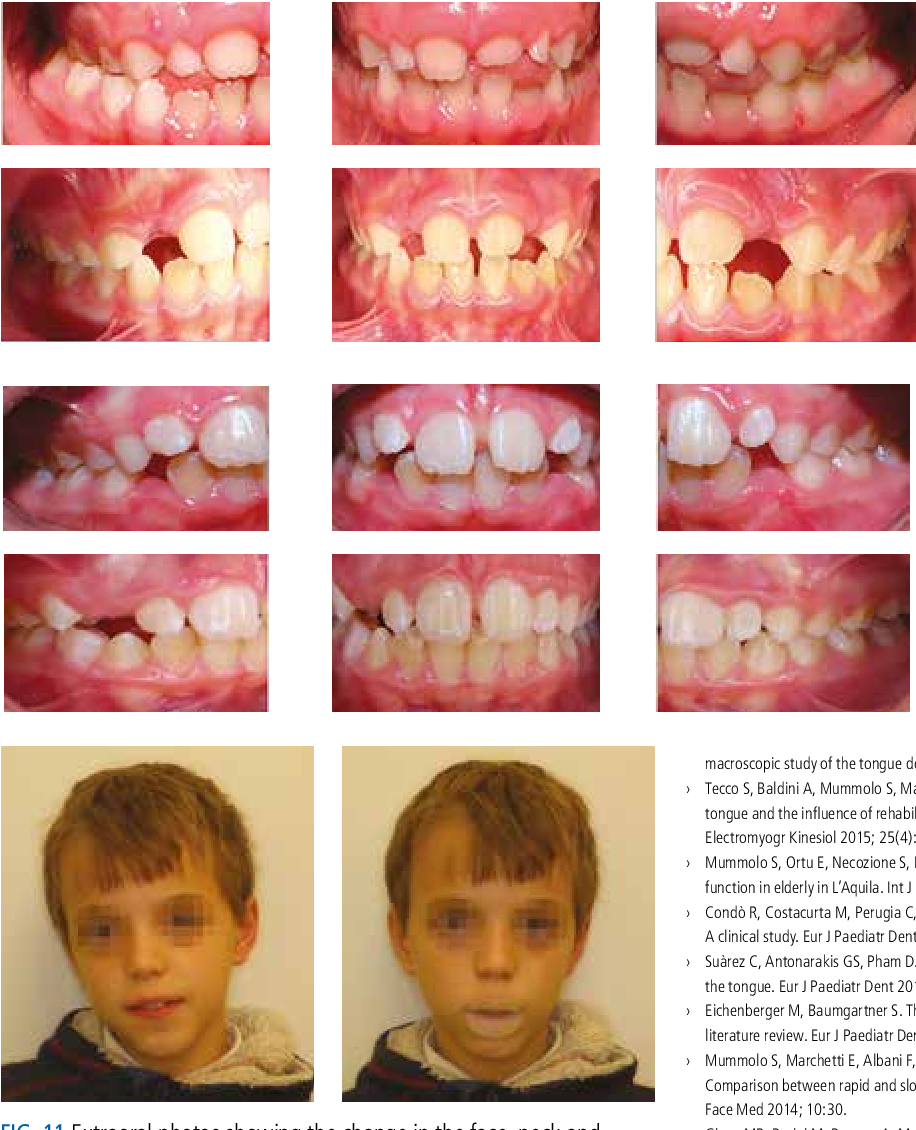Myofunctional Therapy
- Leslie Haller

- May 23, 2022
- 3 min read
Releasing a tongue tie is a relatively simple and safe procedure. But there is more to it than just cutting the restrictive tissue. Many people have heard of what I call “the dreaded stretching exercises." These are exercises to keep the diamond-shaped wound from healing closed. Yes, it is very important to do this. If the diamond folds over on itself and heals shut, the results can be more restrictive than the original tie.
In addition to healing open, the tongue must be retrained to function properly. The patient, however old, has been compensating for a restricted tongue for his or her entire life. They think that this is normal, which it is not. In infants, there is a strong sucking reflex so the parents can retrain the tongue relatively easily by providing clear feedback. If the infant is biting, they take him off the breast (or bottle) and say, “No biting.” When sucking properly with a wide latch in a steady suck/swallow rhythm, they shower the baby with praise. The first week after the release is a key period for retraining. Infants are usually quick to realize that proper sucking is much more efficient and comfortable and change their habit within a week or so.
Older babies, children and adults have lost that sucking reflex and must consciously work to retrain the tongue to swallow correctly. This is not so easily done. There are some very special people out there who can help such as Orofacial Myofunctional Therapy folks, Speech and Language Pathologists and others. These people are specially trained to be able to provide exercises and guidance and should be utilized if possible, both prior to and after the release of a tongue tie.
One key concept is whether the baby is old enough to consciously follow instructions and do exercises. Babies under the age of about 4 years are not all that good at following instruction and self-monitoring. Even some older than 4 struggle. Fortunately, there are several tools I have found that can help, at least from ages 2 years and all the way up to adults.
One appliance I like very much is called a Habit Corrector made by Healthy Start. https://www.thehealthystart.com/ This appliance is the first step in Healthy Start’s complete system for using the power of the eruption of the child’s teeth to guide them into a wide healthy arch form so that they develop a healthy airway and will not need to have braces later. These appliances look like a sports guard. They are made of a firm but still soft plastic and are worn while the child is sleeping. The habit corrector, as you can see in the photo, has a little shelf to encourage the tongue to sit on top of. I call it a tongue pillow. This encourages a high rather than low tongue position all night long. It also stops mouth breathing because if you open your mouth, it will fall out. Once a child gets used to wearing it, parents often report better, less restless sleep, better behavior during the day because of better sleep and even improvement in things such as bed wetting that can happen because of sleep problems. Even adults to whom I have given the appliance find that, once they are able to keep it in all night, they sleep better and don’t wake up with a dry mouth.


Habit Corrector for a 2-year-old Habit Corrector for age 4-6 years
The advantage of this appliance is that is painless and works mostly at night while the child is sleeping. The disadvantage is that the child must wear it. If the child is noncompliant, it will not work.
As you can see from the photos below, the results can be well worth the effort:


I recently discovered another appliance, the FroggyMouth, that is geared to correcting swallowing in young children through adults. https://www.froggymouth.com/ This appliance has the advantage of only needing to be worn for 15 minutes during the day which is often much easier to accomplish than wearing something all night long. It, too, has some impressive results as seen below.



However we do it, the tongue must be retrained to swallow properly with the back of the tongue pushing against the palate rather than the tip of the tongue pushing against the front teeth. It is a very important part of having a successful experience following a tongue tie release.
All the best,
Leslie Haller, DMD
















Comments